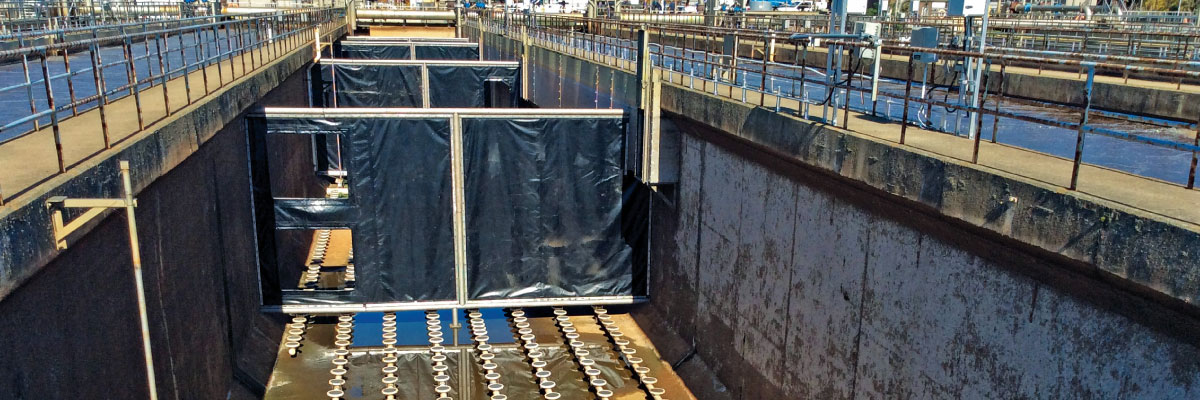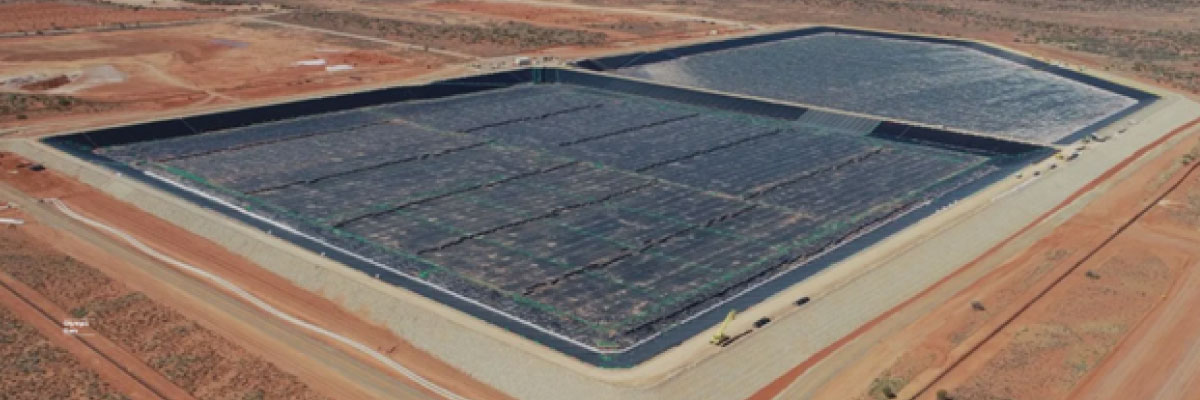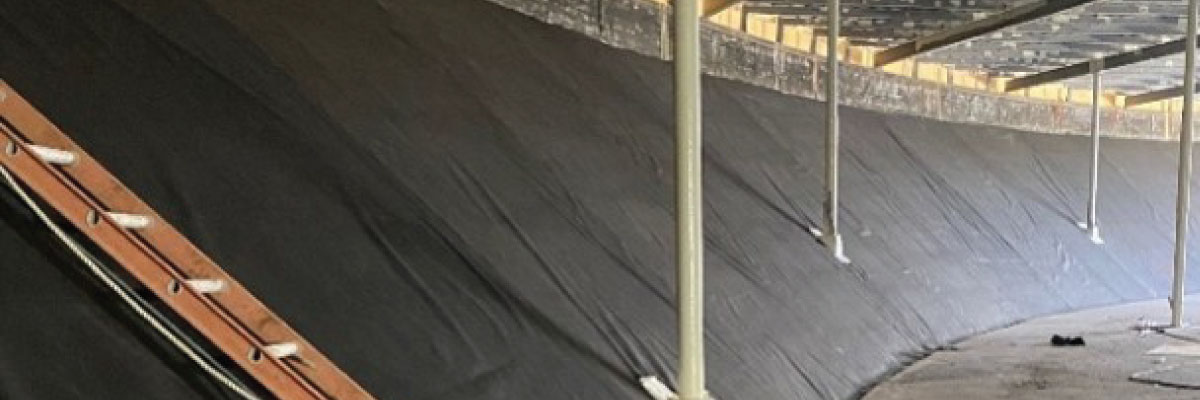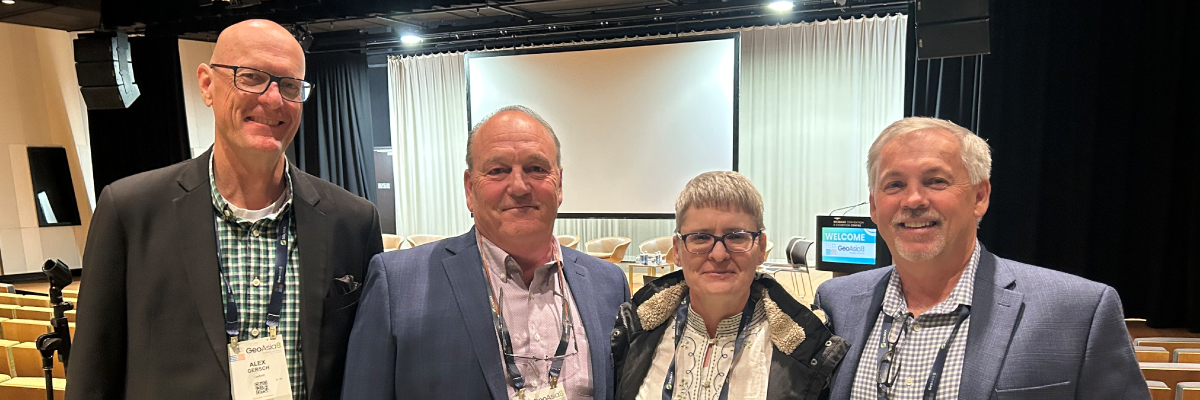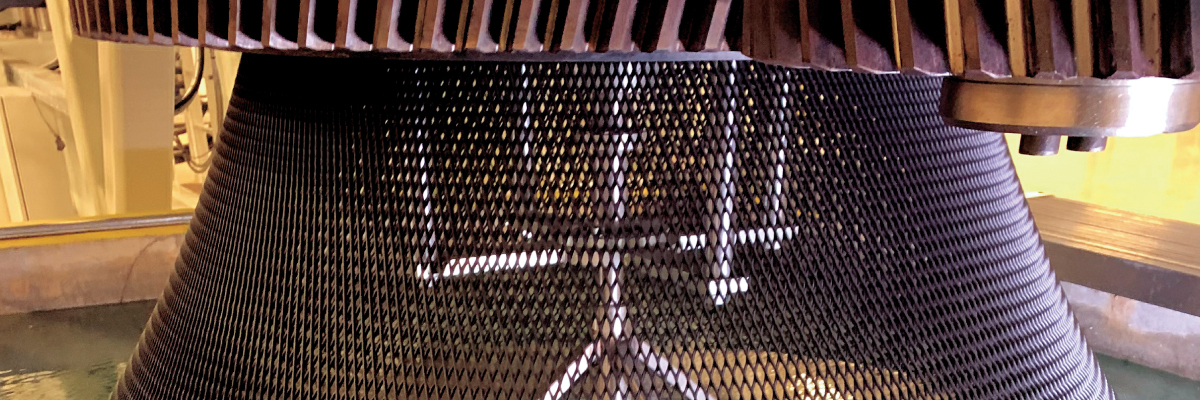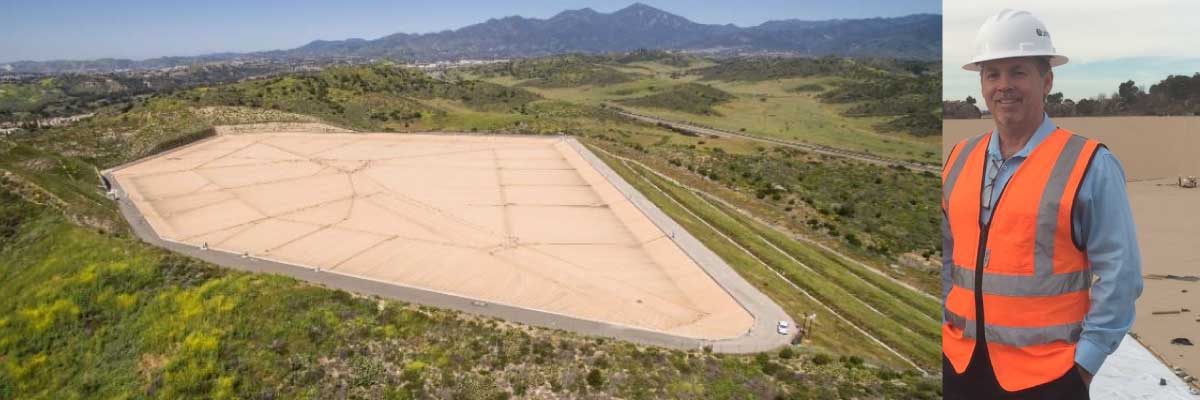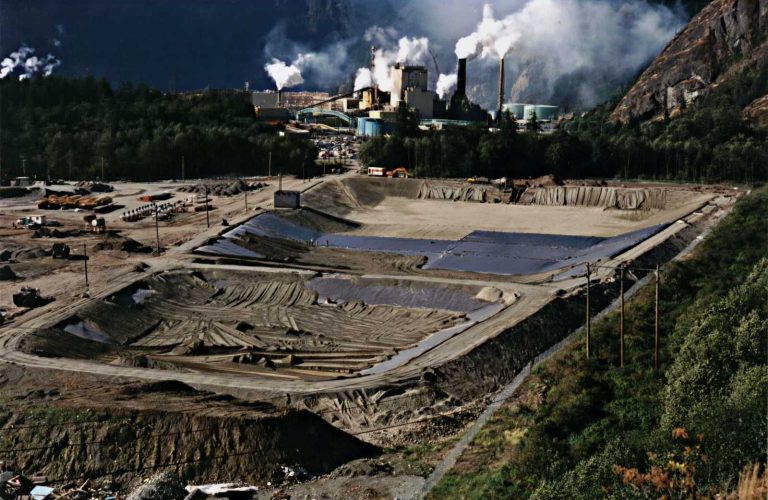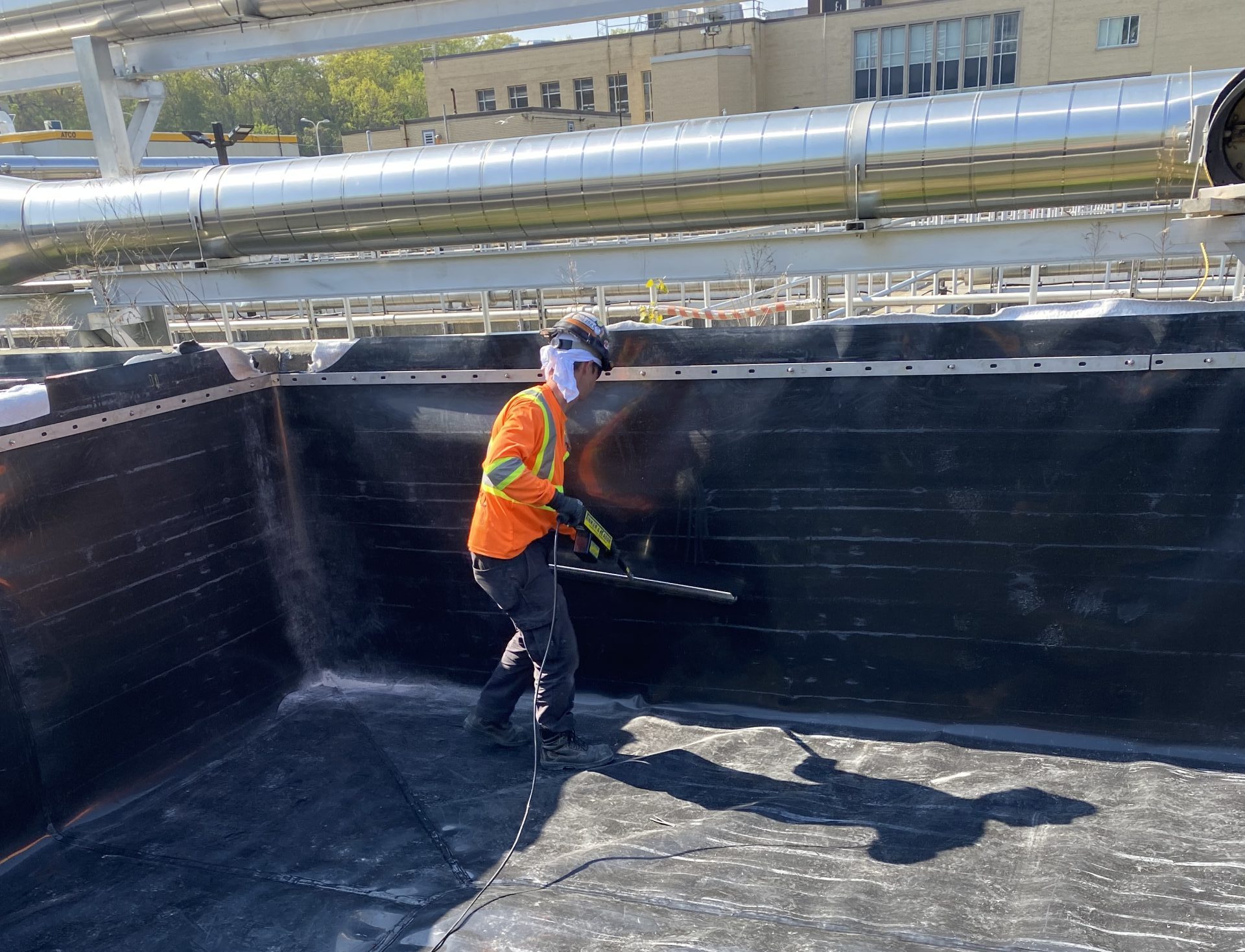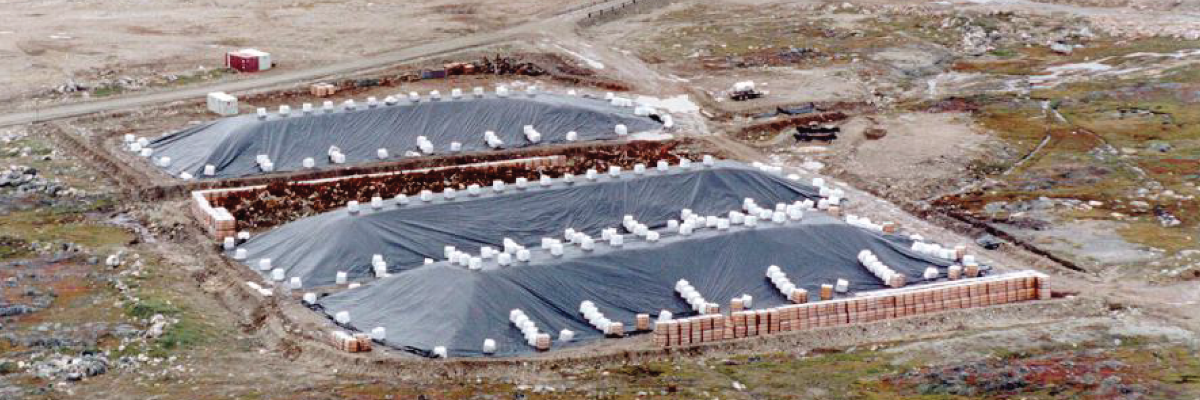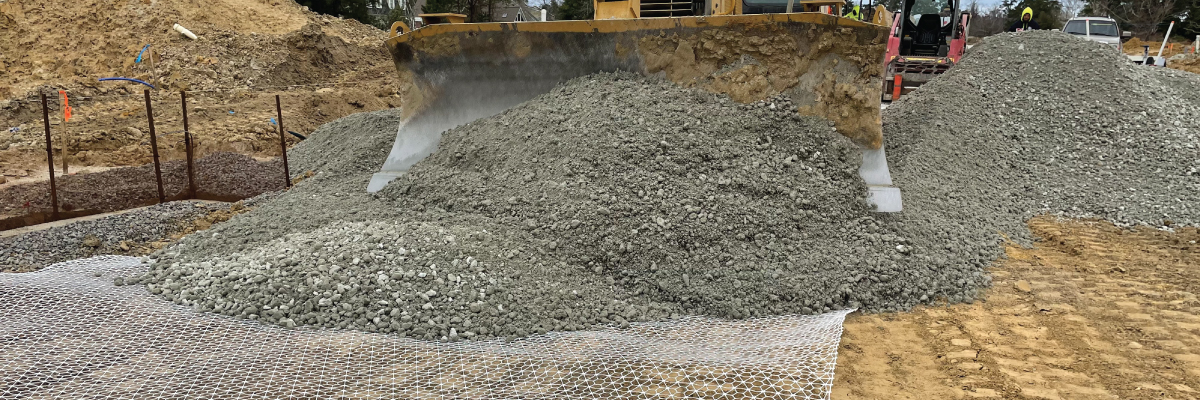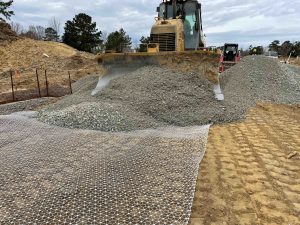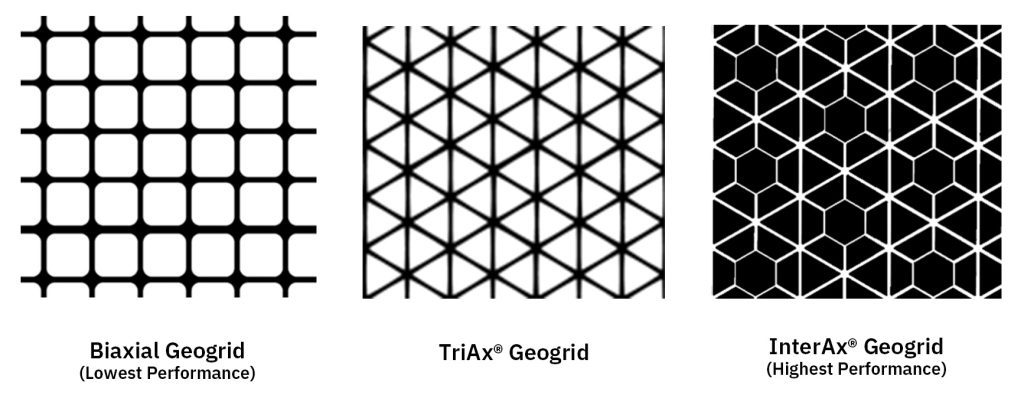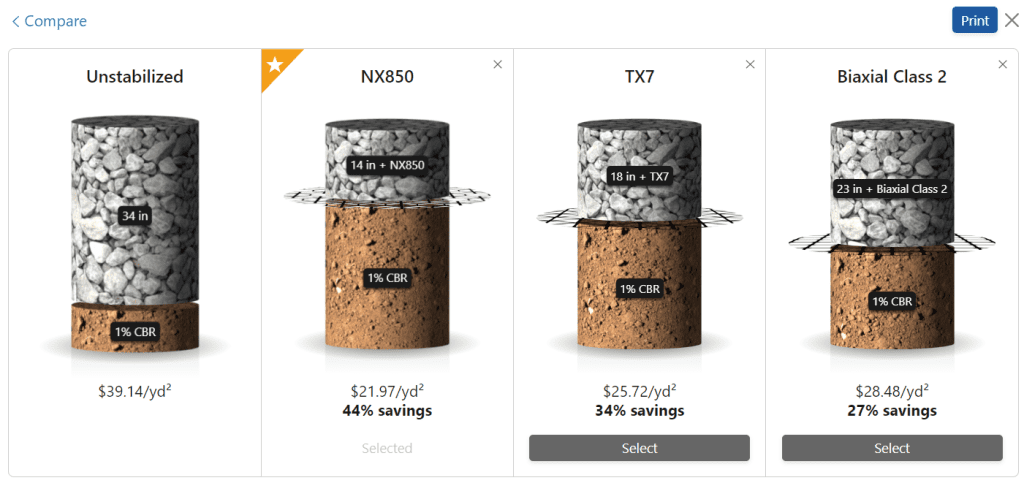By John Bolton, Key Accounts Manager – Infrastructure and CCR, Tensar Corp.
“How much does it cost?” is usually the first question a procurement manager asks when selecting materials for a construction project. Price undoubtedly drives the bottom line, but what might seem like the least expensive option at first could cost more to install. In addition, the least expensive option could have the poorest performance, which requires additional maintenance costs in the future.
Soil stabilization is one area where a more expensive, yet higher-performing solution can offer significant overall cost savings and higher productivity compared to a less expensive one. Geogrid is a proven soil stabilization solution that reduces the amount of structural fill required for strengthening weak soils compared to over-excavation. Geogrids have open apertures, which allow the structural fill to strikethrough, confine and interlock as a stiffened composite bridge lift over weak subgrades. Geogrids can improve the long-term performance of paved and unpaved roadways by minimizing aggregate movement and maintaining modulus values. However, not all geogrids are created equal.
Geogrid technology has advanced leaps and bounds since first-generation biaxial products were introduced in the early 80s. Extensive research and decades of in-ground performance have allowed Tensar to evolve its first-generation biaxial geogrid into TriAx and most recently, InterAx. Its optimized geometry and advanced material science make InterAx the highest-performing geogrid for trafficked surfaces. This means that the amount of aggregate required to get the same performance can be reduced even further when InterAx geogrid is incorporated into the design.
Proven Savings: Energy Transmission Site Solution
Durable working surfaces were needed to support construction traffic at a horizontal directional drilling site in New York. The site consisted of variable cohesive soils with high water content and sensitivity to New York’s intense freeze-thaw cycles. Solutions were needed for three design cases; general traffic areas, heavy haul roads (dump truck and others hauling concrete vaults and wire reels), and heavy loads of gantry cranes (up to 284 kips).
Design options for the access roads and working surfaces were created using Tensar+ software that compared the amount of aggregate required utilizing different geogrid types and subgrade strengths ranging from CBR values of 0.5 to 10%. In one case that was analyzed, a subgrade strength with a CBR of 1 was assumed, yielding the design sections below.
As seen in these results from Tensar+ design software, the highest performing geogrid (and likely the most expensive option), InterAx NX850 reduced the required bridge lift thickness by an additional 9 inches compared to the Biaxial geogrid design and offers a 44% overall cost savings to the project. Reducing the section thickness also saves on haul-off costs and labor costs due to less earthwork and increased productivity. Even further, the access roads are designed to perform well into the future which means minimized downtime for maintenance of the working surfaces and higher overall production for the operation.
Conclusion
Even though procurement intuition may favor the product with the least expensive price tag, it’s important to dig deeper to uncover the total costs tied to the lower performing geogrid. Otherwise, you could be making an expensive mistake.
This article originally appeared on the Tensar Americas Blog, https://info.tensarcorp.com.
Related Articles
View All News
